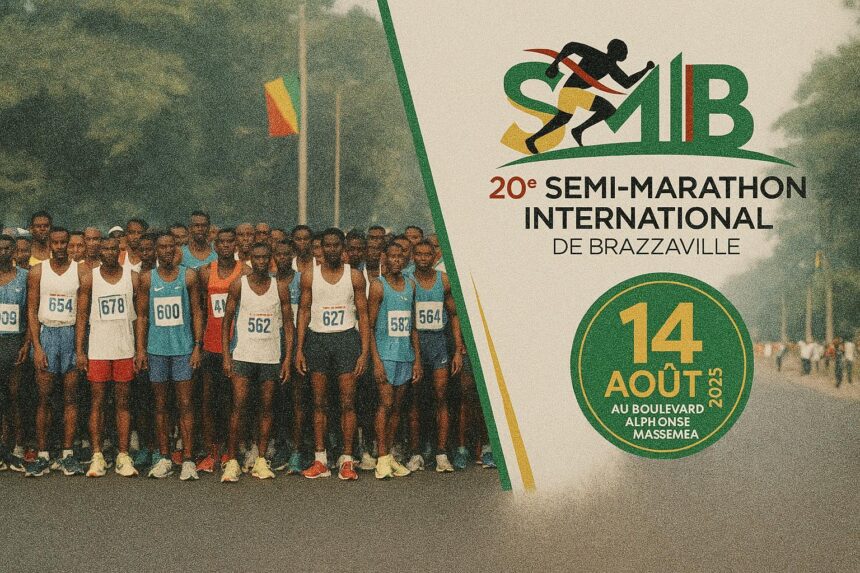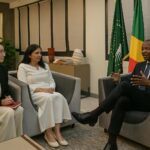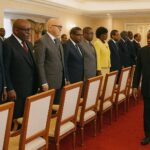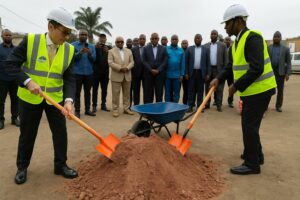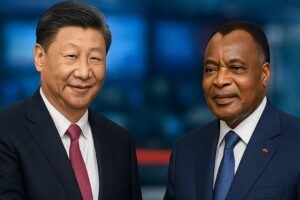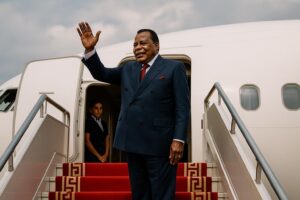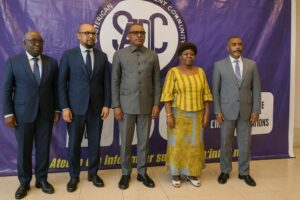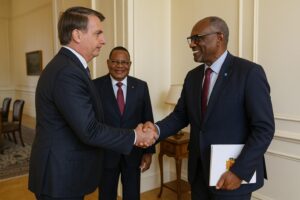Altitude laboratories and the pursuit of marginal gains
In the ochre hills of Iten, the so-called « Home of Champions », ten Congolese distance specialists begin their dawn sessions at 2 400 metres above sea level. The decision to relocate their build-up phase to Kenya, a country whose runners have long dominated global road racing, is not a mere technical adjustment. It is an exercise in the search for marginal physiological gains that only altitude training can offer: increased red-blood-cell counts, refined running economy and a sharpened competitive instinct forged on dirt tracks traversed daily by Olympic medallists. According to the coaching staff, the objective is to translate those micro-adaptations into macro-performances once the athletes descend to the lower altitude of Brazzaville.
- Altitude laboratories and the pursuit of marginal gains
- Corporate largesse and the economics of performance
- Statecraft on the starting line
- Selection rigor and talent pipeline management
- Logistical choreography ahead of race day
- Beyond the finish line: projecting long-term dividends
- Measured optimism amid elevating expectations
Corporate largesse and the economics of performance
Financing for the three-month camp emanates from the National Petroleum Company of Congo, whose logistical and material support covers travel, accommodation and a modest per diem. In a market where access to elite coaching and sports science can be prohibitively expensive, the company’s patronage positions it as an unofficial partner in national talent development. A senior executive within the firm describes the initiative as a “strategic investment in human capital that mirrors our commitment to national development”. By aligning its brand with athletic excellence, the enterprise cultivates soft power at home and abroad, a practice increasingly common among energy conglomerates from Doha to Luanda.
Statecraft on the starting line
The forthcoming half-marathon holds more than sporting significance. President Denis Sassou Nguesso is scheduled to fire the starter’s pistol, an act that symbolically entwines national leadership with athletic aspiration. Officials within the Ministry of Sports frame the race as part of a broader diplomatic calendar that showcases regional stability and organisational capability. In an era where mega-events can recalibrate international perceptions, even a single-day road race is treated as a micro-summit of soft power. Congolese diplomats posted to East African capitals privately note that the bilateral sporting exchange deepens cultural ties with Kenya while signalling Brazzaville’s readiness to engage constructively within the African Union’s Agenda 2063 framework.
Selection rigor and talent pipeline management
Initial trials convened earlier this year shortlisted twenty athletes, evenly divided by gender. Performance analytics—split times, lactate thresholds, and biomechanical assessments—then distilled the pool to the present cohort of ten. The selection process, overseen by National Technical Director Aimar Oboba, mirrors international best practice and has received commendation from the Confederation of African Athletics. Five women and five men now live under a disciplined regimen combining double-daily runs, altitude acclimatisation protocols and nutritional counselling. Oboba asserts that “the Kenyan stint is not a reward but an obligation; the athletes must prove that the investment is justified through podium-level outcomes”.
Logistical choreography ahead of race day
Registration windows for the Brazzaville half-marathon remain open until 30 July 2025 at the Alphonse-Massamba-Débat Stadium and selected SNPC fuel stations in both Brazzaville and Pointe-Noire. Organisers anticipate a field of nearly three thousand participants, including an invited elite contingent from the East African circuit. The Congolese delegation will repatriate one week prior to race day, allowing time to neutralise altitude-induced haematological advantages without forfeiting aerobic gains—a delicate balance recommended by sports physiologists. Security, medical and broadcasting protocols have been rehearsed in tabletop simulations, underscoring the administration’s intention to deliver an event of international calibre.
Beyond the finish line: projecting long-term dividends
Should the current programme yield personal bests or podium finishes, policymakers hope to institutionalise altitude camps as a perennial component of national athletic preparation. Conversations within the Ministry of Planning envisage a potential high-performance centre in northern Congo, where elevations exceed 1 000 metres. Parallel discussions with the African Development Bank explore whether such an installation could dovetail with regional sports tourism, thereby converting endurance running into an economic as well as cultural asset. In this calculation, each stride taken on Kenyan soil reverberates beyond the narrow confines of a single race, aligning athletic ambition with developmental horizons.
Measured optimism amid elevating expectations
While Congolese supporters entertain visions of breakthrough times, performance analysts urge caution. Altitude training offers no guarantees, particularly when the gestation period is compressed into three months. Yet even incremental improvements—seconds shaved off a personal best, more efficient race tactics, heightened psychological resilience—would constitute a tangible return on investment. In the words of a Nairobi-based sports scientist familiar with the project, “the intervention’s success will be judged not solely on medals but on the creation of a replicable model for athlete development in Central Africa”. For now, the runners ascend dusty Kenyan inclines under a rising sun, carrying with them the hopes of a nation keen to see its flag among the frontrunners.

